Alan Titchmarsh: How the dahlia shrugged off its 'too common to plant' tag — and thank goodness it did
Alan Titchmarsh has always loved Dahlias — and he's all too glad that his fellow gardeners have seen sense in recent years.
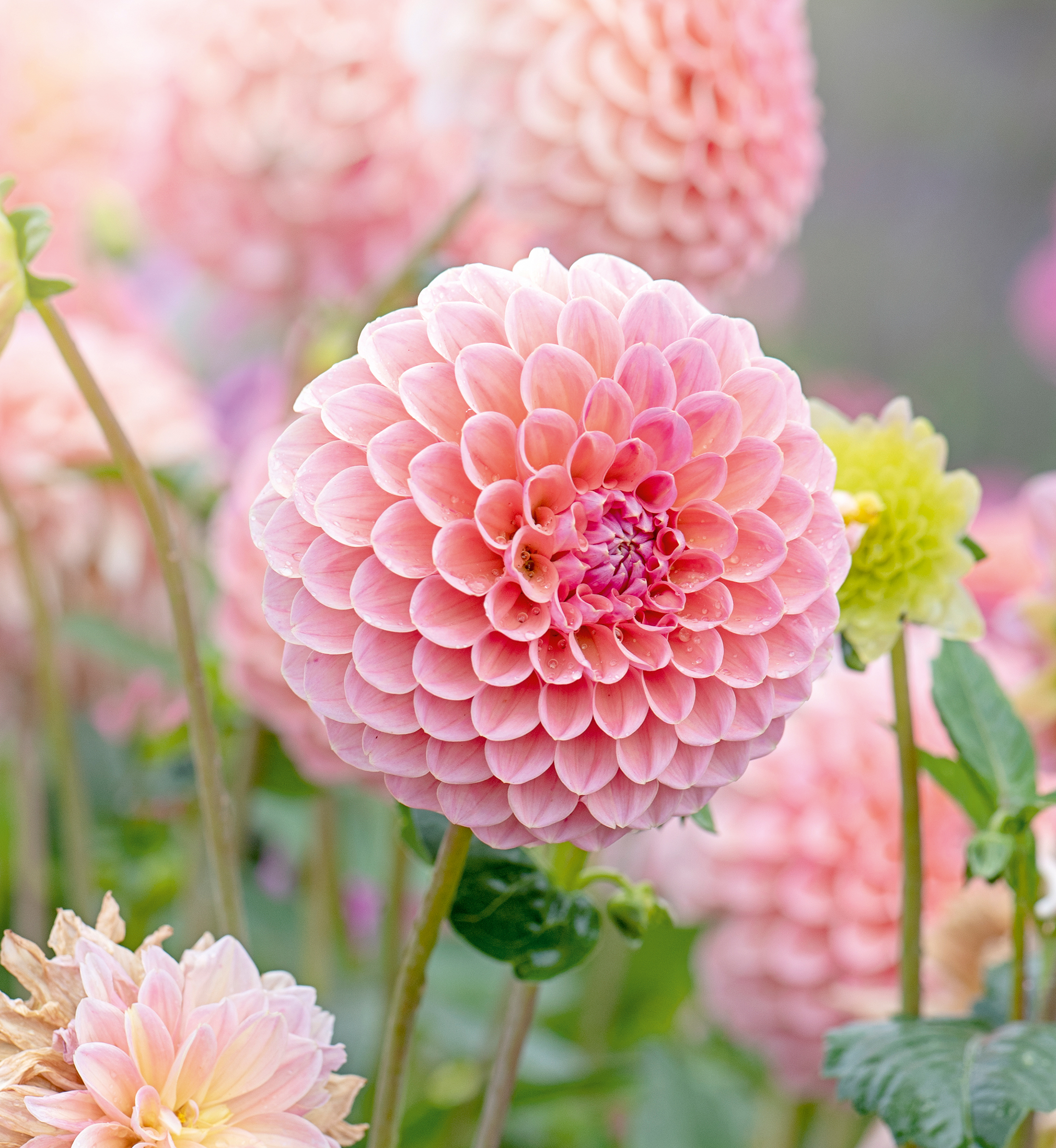

Do you think Roald Dahl was the only person in the land to pronounce the flower’s name correctly? Dahlias were not named after him, but after Anders Dahl, one of Linnaeus’s Swedish pupils in the late 18th century. Not a bad accolade, I reckon. Young Dahl must have been pretty hot stuff to deserve such an honour.
At this time of year, dahlias are every bit as spectacular as the BFG or James’s Giant Peach and it is hard to believe that, in the latter part of the 20th century, they were regarded as infra dig; far too common to be planted in gardens regarded as tasteful. Dahlias belonged on allotments and in kitchen gardens with chrysanthemums — something to be grown for exhibiting in flower shows.
It was Country Life’s regular contributor Christopher Lloyd who was instrumental in restoring their respectability, although he would have scoffed at the use of such a word, as snobbery was as alien to Christo as silence and circumspection are to the current President of the US.
Thank goodness that gardeners throughout the land have seen sense as far as the dahlia is concerned, for its ability to flower effusively from midsummer until the first frosts of autumn makes it a valuable contributor to beds and borders across the land.
"It seems absurd that they were once thought of as vulgar. At least, it does to me."
Be they spiky cactus types, tight pom-poms or full-petalled decoratives, they’re very welcome in my garden, although I do struggle to feel admiration for those rather weirdly constructed Collarette varieties whose blooms — with an inner row of shorter petals — are simply too deformed for my liking. Neither am I particularly fond of the muddy-purple-leafed Bishop of Llandaff with its scarlet flowers. It was one of the first to be allowed back into the gardens of the nobility and gentry on account of Lloyd’s inclusion of it in his own garden. Where once roses had grown in the sunk garden at Great Dixter, Christo replaced them with an exotic planting where the Bishop’s colouring added to the suggestion of tropical heat.
When I was growing up in Yorkshire in the 1950s and 1960s, dahlias were staple fare in many back gardens. As a gardening-mad teenager, I bought a dozen named varieties and had to keep them on top of the storage heater in the hall until the weather was warm enough to plant them out at the beginning of June.
On our heavy clay soil, ameliorated with bags of Organifax — a wool shoddy-based soil improver manufactured by Halifax Corporation and peddled door to door in my home town of Ilkley — they thrived. Mums, aunties and grannies received bunches of the brilliant flowers with open arms and broad smiles. Back then, in Yorkshire, the first autumn frosts frequently arrived in September. Now, it is often November before the plants’ foliage is blackened and the tubers lifted or — increasingly the way — the top growth cut off and the roots left in the ground and mulched thickly to protect them from winter frosts.
Exquisite houses, the beauty of Nature, and how to get the most from your life, straight to your inbox.
"They are a precious bounty, not to be spurned by the fads of fashion."
I dig mine up, not least so that I can vary the display from one year to another and adjust the placement of the plants in my borders. But I am pretty cavalier about their treatment: they sit in wooden boxes below the bench in my potting shed, naked and devoid of soil with a label tied around the finger of dried stalk that is left to indicate their variety, height and colour. Come the middle of May, they are replanted in the garden at the foot of sturdy stakes, for nearly all of them require some form of support.
It seems absurd that they were once thought of as vulgar. At least, it does to me. What is there to dislike about a flower that will bloom generously each year in a wide range of flower forms and colours, which is wonderful for cutting and a reliable performer whatever the weather?
If you can’t bring yourself to plant them in your garden proper, then at least have a row or two of them in your kitchen garden to use as cut flowers. At this time of year, when it will not be too long before the feathers of frost begin to creep across pond and dog bowl, you will come to regard them as ample compensation for the shortening of the days. They are a precious bounty, not to be spurned by the fads of fashion.
Marigolds, Myrtle and Moles — a Gardener’s Bedside Book by Alan Titchmarsh is out now.
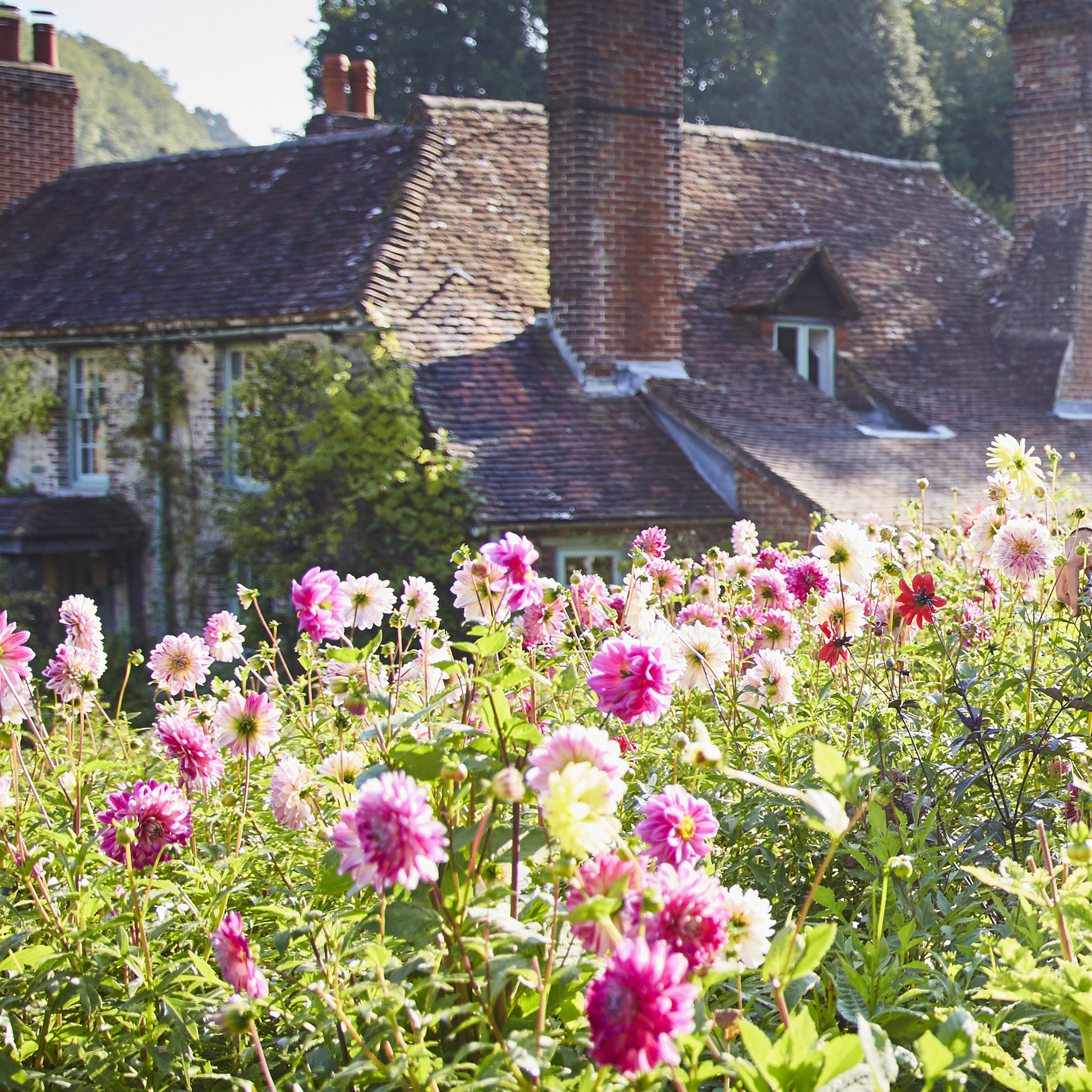
Credit: Getty Images/Caiaimage
Alan Titchmarsh: How I grow dahlias — and why they're my second-most infallible plants
Gardener, writer and broadcaster Alan Titchmarsh has always loved dahlias — even in the days before they gained their current huge
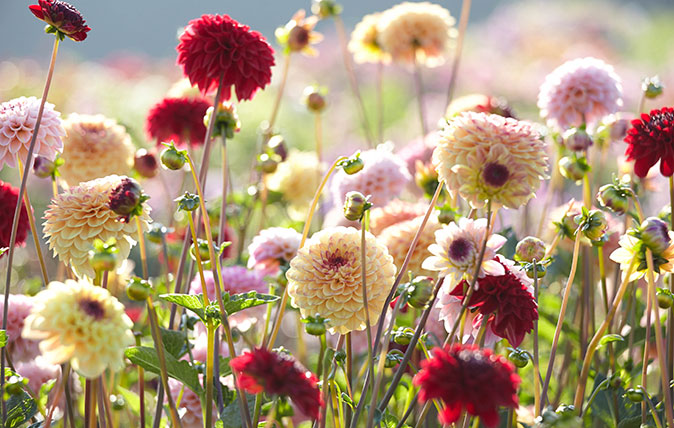
Dahlias, the 'miracles of complexity' that we've learned to love and cherish
Charles Quest-Ritson talks about dahlias, once so unloved, and how they enjoying a surge of popularity.
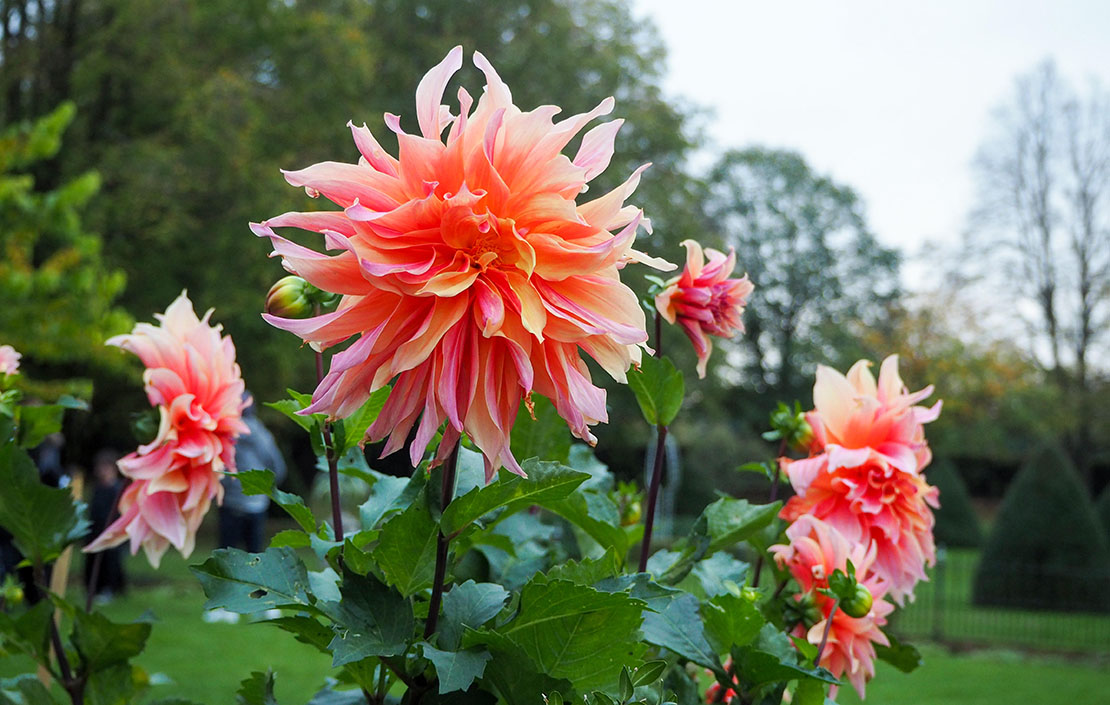
From the Sweet Lady to the Crème de Cognac: Three expert opinions on the top dahlias to buy and plant now
The chase is on: if you want to grow the best dahlias in your borders this year, you need to
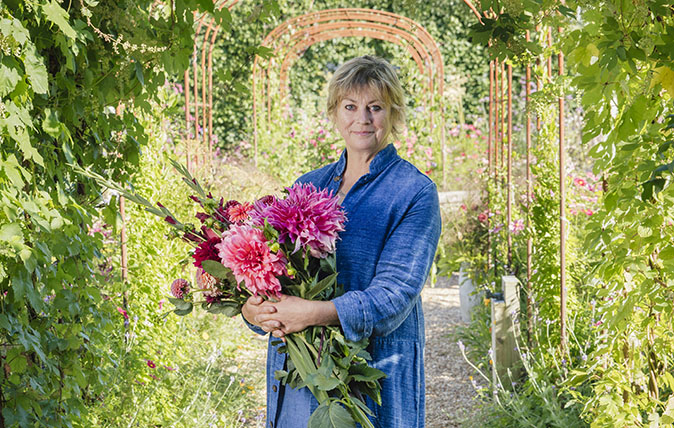
Sarah Raven: '15 years ago we couldn’t sell a dinner-plate-sized dahlia for love nor money’
The expert plantswoman tells us all about dahlia trends and gives advice for the best colours to use in 2019.
Alan Titchmarsh is a gardener, writer, novelist and broadcaster.
